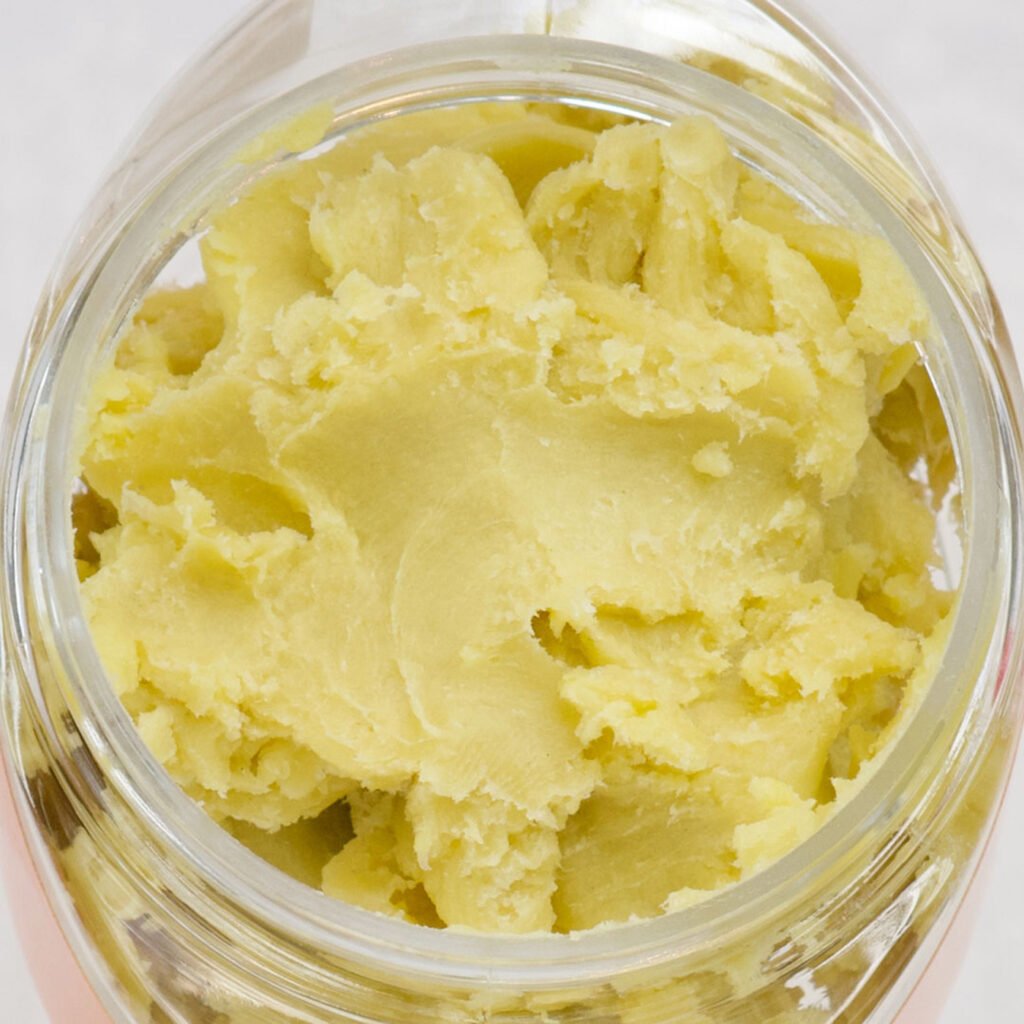Sun protection is a crucial part of skincare, and while store-bought sunscreens are common, making your own can be a fun and rewarding experience. Shea butter, renowned for its moisturizing and healing properties, is a fantastic base for creating homemade sunscreen. Here’s a simple guide on how to incorporate this natural ingredient into your sun protection routine.
Why Shea Butter?
Shea butter is derived from the nuts of the shea tree and is packed with vitamins A, E, and F, which are essential for skin health. Its high fatty acid content makes it an excellent moisturizer and skin protector, and it’s also known for its anti-inflammatory properties. These characteristics make it a great addition to homemade sunscreen.
Ingredients You’ll Need:
- Shea Butter – 1/4 cup
- Coconut Oil – 1/4 cup
- Beeswax – 2 tablespoons (for a thicker consistency)
- Zinc Oxide – 2 tablespoons (for UV protection; non-nano is preferred)
- Essential Oils (optional) – A few drops for fragrance
Instructions:
- Melt the Base: In a double boiler, combine the shea butter, coconut oil, and beeswax. Heat gently until all ingredients are fully melted and blended together. Stir occasionally to ensure an even mixture.
- Add Zinc Oxide: Remove the mixture from heat. Carefully stir in the zinc oxide powder. Be cautious not to inhale the powder, as it can be irritating. Mix thoroughly to ensure the zinc oxide is evenly distributed.
- Add Essential Oils (Optional): If you’re using essential oils for added fragrance, now is the time to mix them in. Essential oils like lavender or chamomile can provide additional skin benefits.
- Cool and Store: Pour the mixture into a clean container or jar. Let it cool and solidify at room temperature. Once set, your homemade sunscreen is ready to use!

How to Use:
Apply your homemade sunscreen generously to all exposed skin before heading out into the sun. Reapply every 2 hours, or more frequently if swimming or sweating.
Tips for Best Results:
- Patch Test: Before using your homemade sunscreen extensively, perform a patch test on a small area of skin to ensure you don’t have any adverse reactions.
- Storage: Store your sunscreen in a cool, dry place to maintain its effectiveness.
- Sun Protection Factor (SPF): While zinc oxide provides some level of SPF, the exact level can vary. For high UV protection, consider consulting with a dermatologist or using a broad-spectrum sunscreen in addition to your homemade version.
Why Choose Homemade Sunscreen?
Making your own sunscreen allows you to avoid synthetic chemicals and tailor the formula to your skin’s needs. Shea butter’s natural moisturizing properties enhance the sunscreen’s effectiveness and keep your skin hydrated and healthy.
By using shea butter in your homemade sunscreen, you’re not only protecting your skin but also embracing a natural and eco-friendly approach to skincare. Give it a try and enjoy the benefits of this nourishing, sun-safe solution!




